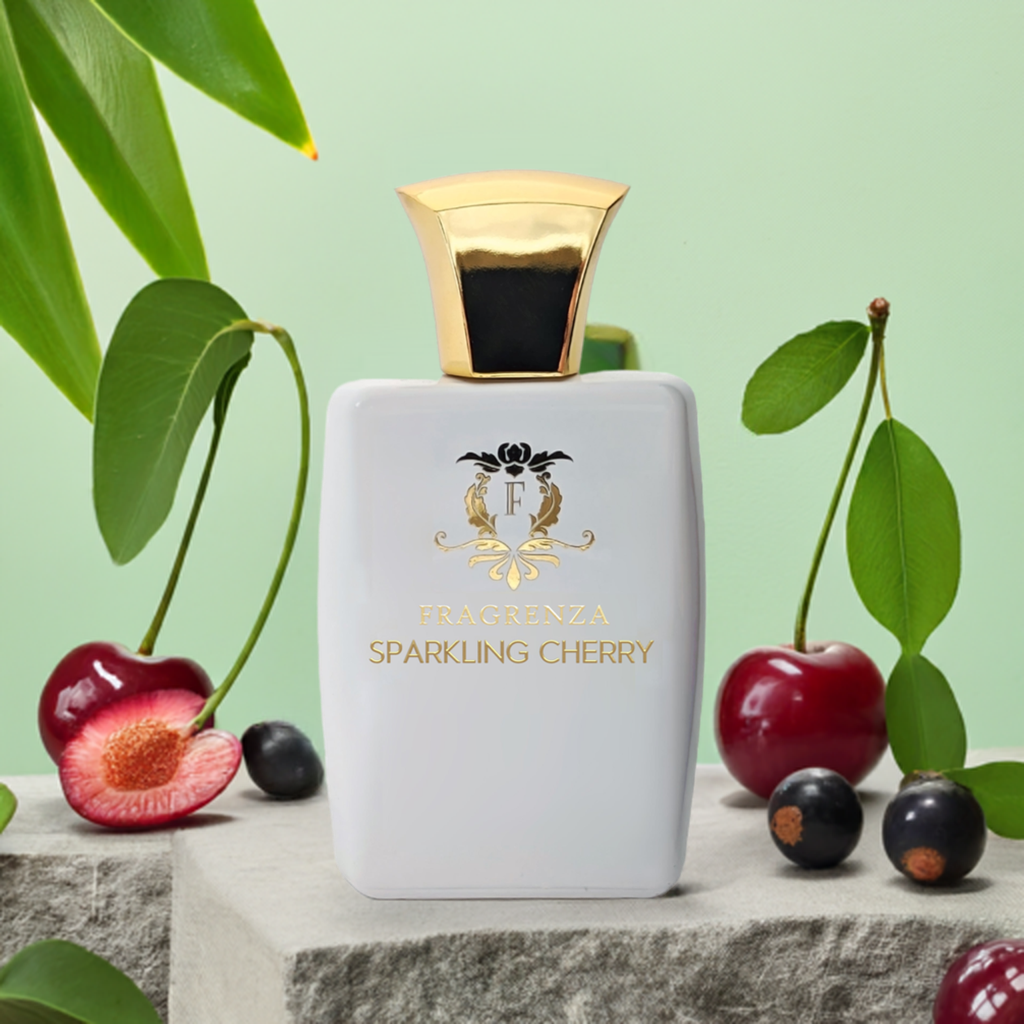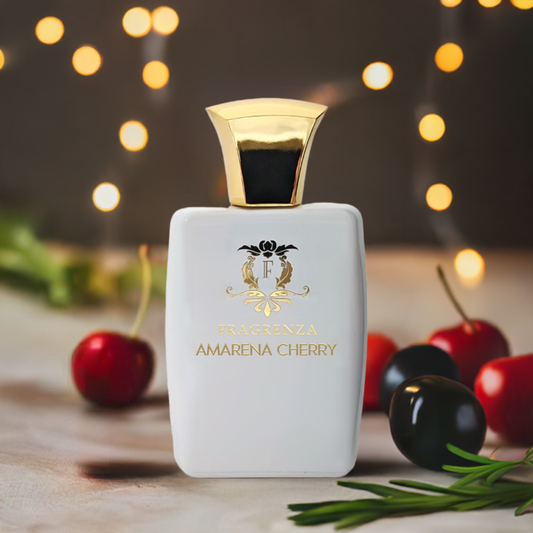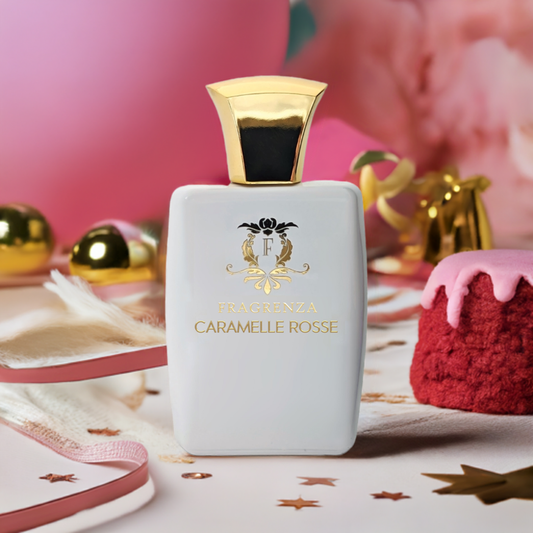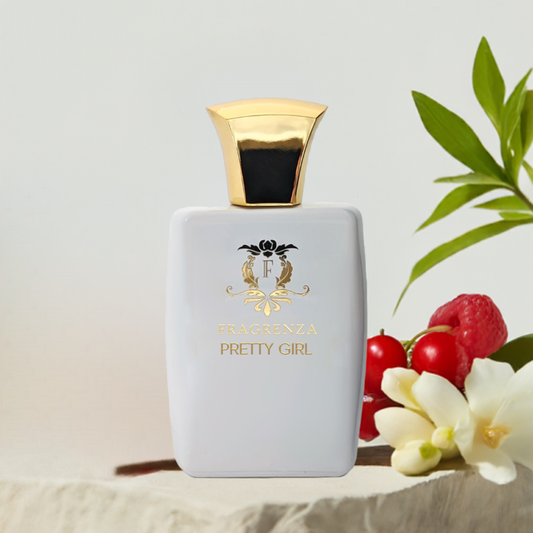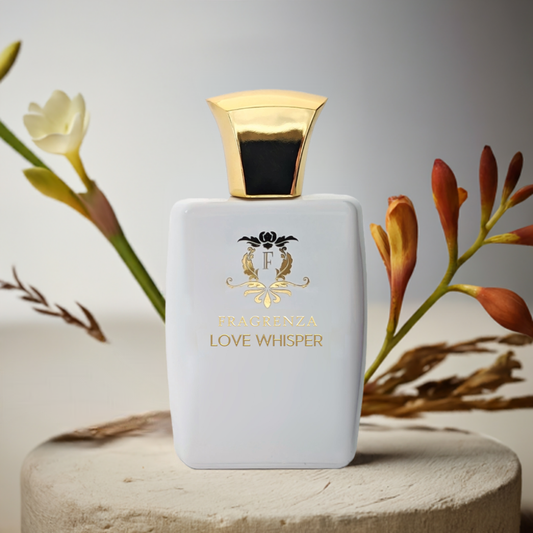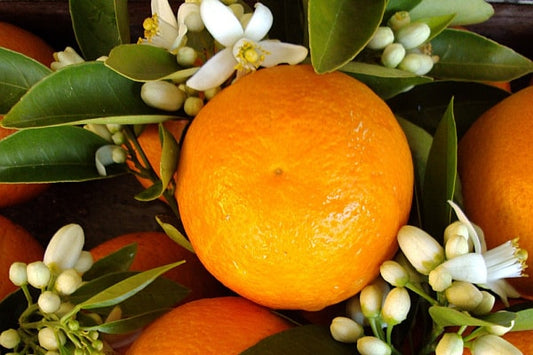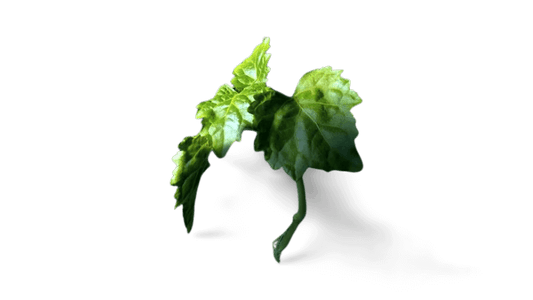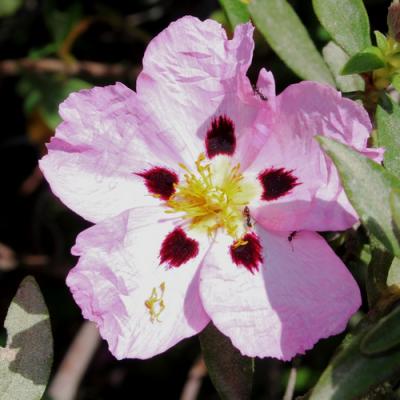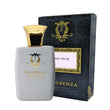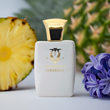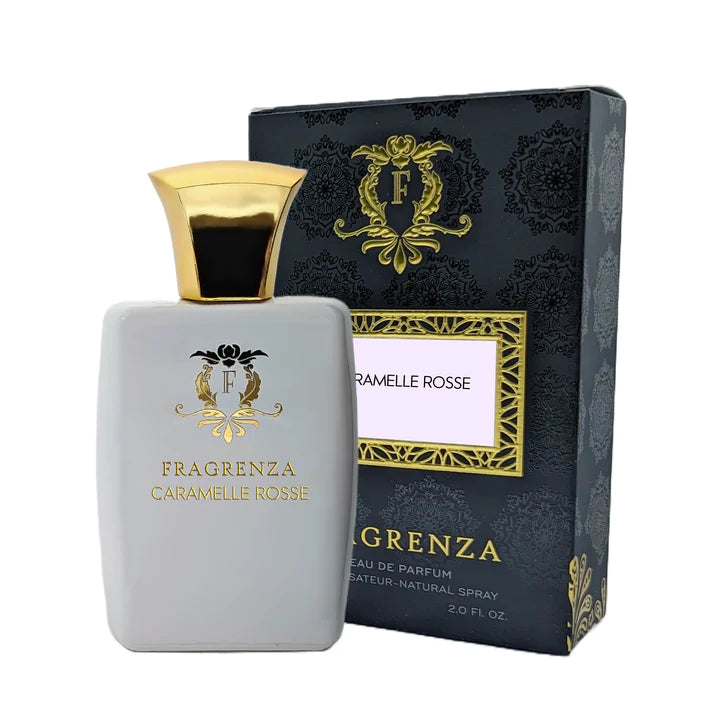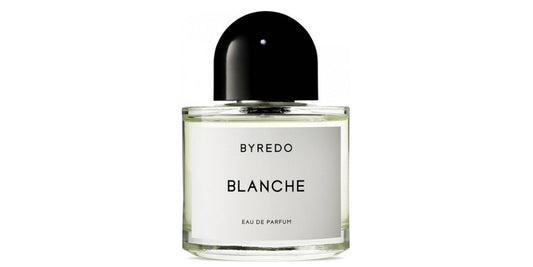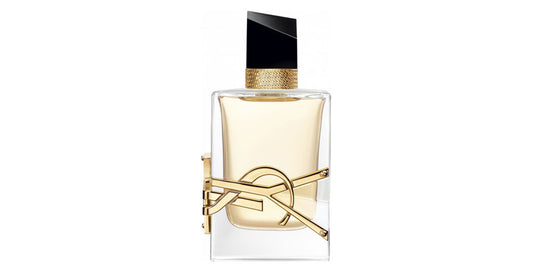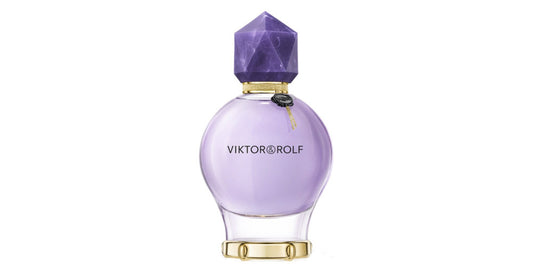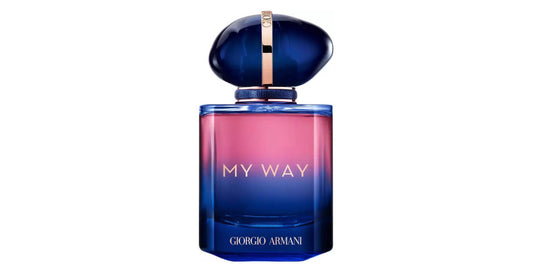Hyacinth in perfumery
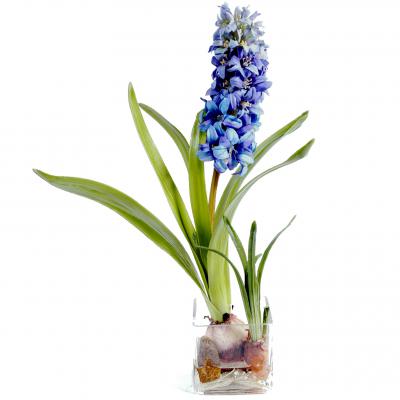
In This Article
The Springtime Charm of the Hyacinth
Hyacinth, a bulb plant, is a symbol of the long-awaited spring season. Belonging to the genus Hyacinthus and the family Hyacinthaceae, it is native to the Mediterranean, particularly Turkey, the Middle East, and Central Asia. Hyacinth features star-shaped flowers that form a dense and highly fragrant cluster. It comes in various colors, including pink, red, yellow, orange, white, and blue. As a perennial plant, hyacinth graces gardens from March to May. However, it is possible to force its flowering in winter, enabling indoor enjoyment during Christmas time.
Already present in mythology, hyacinth was known to the Greeks and Romans, and it is depicted in many Persian and Turkish miniatures. It was introduced to the Netherlands towards the end of the 16th century but only gained popularity as an ornamental plant in the 17th century, similar to the tulip. Madame de Pompadour played a significant role in its popularity by adorning the gardens of Versailles with hyacinth. Today, in the language of flowers, hyacinth symbolizes love and loyalty.
Hyacinth in Perfumery
Hyacinth's persistent scent makes it a natural choice for perfumery. Its aroma is obtained through extraction using volatile solvents, although perfumers increasingly reconstitute the scent artificially. Hyacinth offers a green, floral, and vegetal fragrance, and as an excellent fixative, it enhances the longevity of the essences containing it. However, perfumers must exercise caution when using hyacinth, as excessive amounts can quickly become overpowering.
Generally, hyacinth is more suitable for feminine fragrances. It can be found in perfumes such as Chance and Christalle by Chanel, Chamade by Guerlain, Silk Stockings by Serge Lutens, and Anaïs Anaïs by Cacharel.
Fun Facts About Hyacinth
- Hyacinth flowers can grow up to 12 inches tall and feature 20-30 flowers per stem.
- There are about 30 different species of hyacinth, with the common hyacinth (Hyacinthus orientalis) being the most cultivated variety.
- In Greek mythology, the hyacinth flower is associated with the tragic tale of Hyacinthus, a beautiful youth loved by both Apollo and Zephyr. The flower was said to have sprung from Hyacinthus' blood when he was accidentally killed by Apollo.
- During the 17th and 18th centuries, "hyacinth mania" took hold in the Netherlands, where the flower's rarity and unique colors made it a highly sought-after status symbol.
